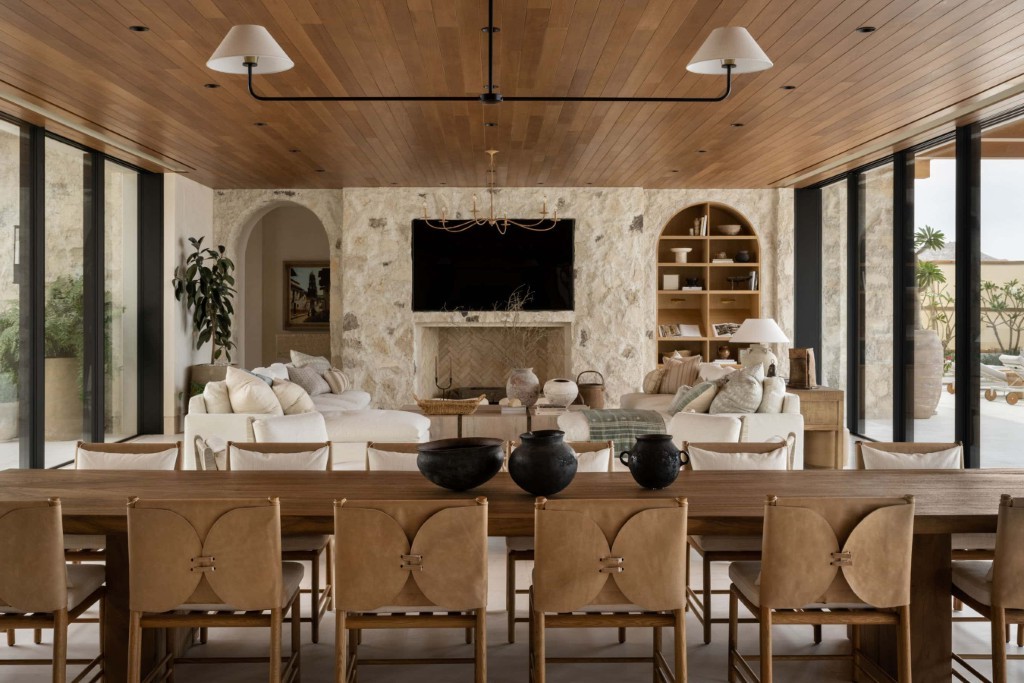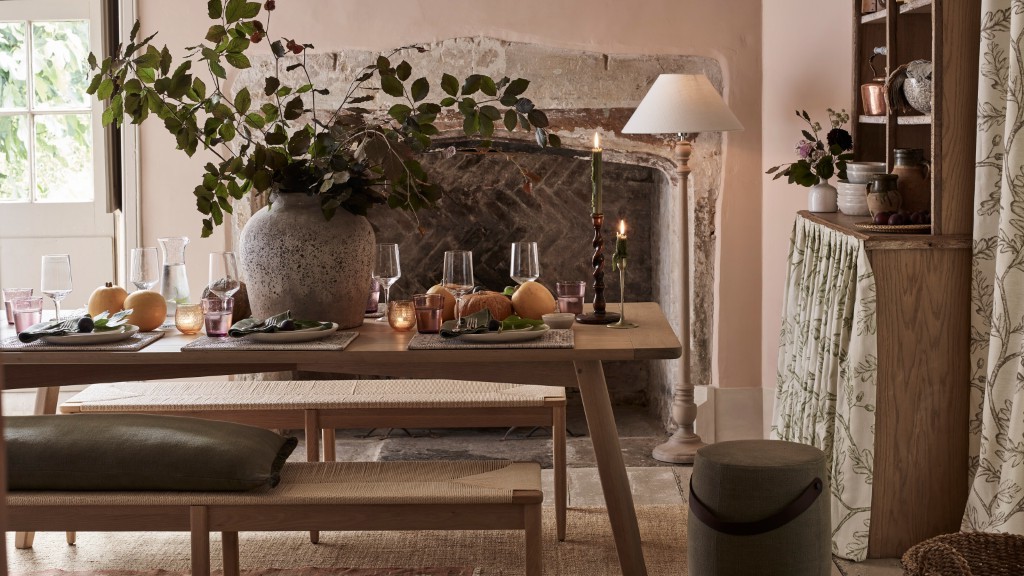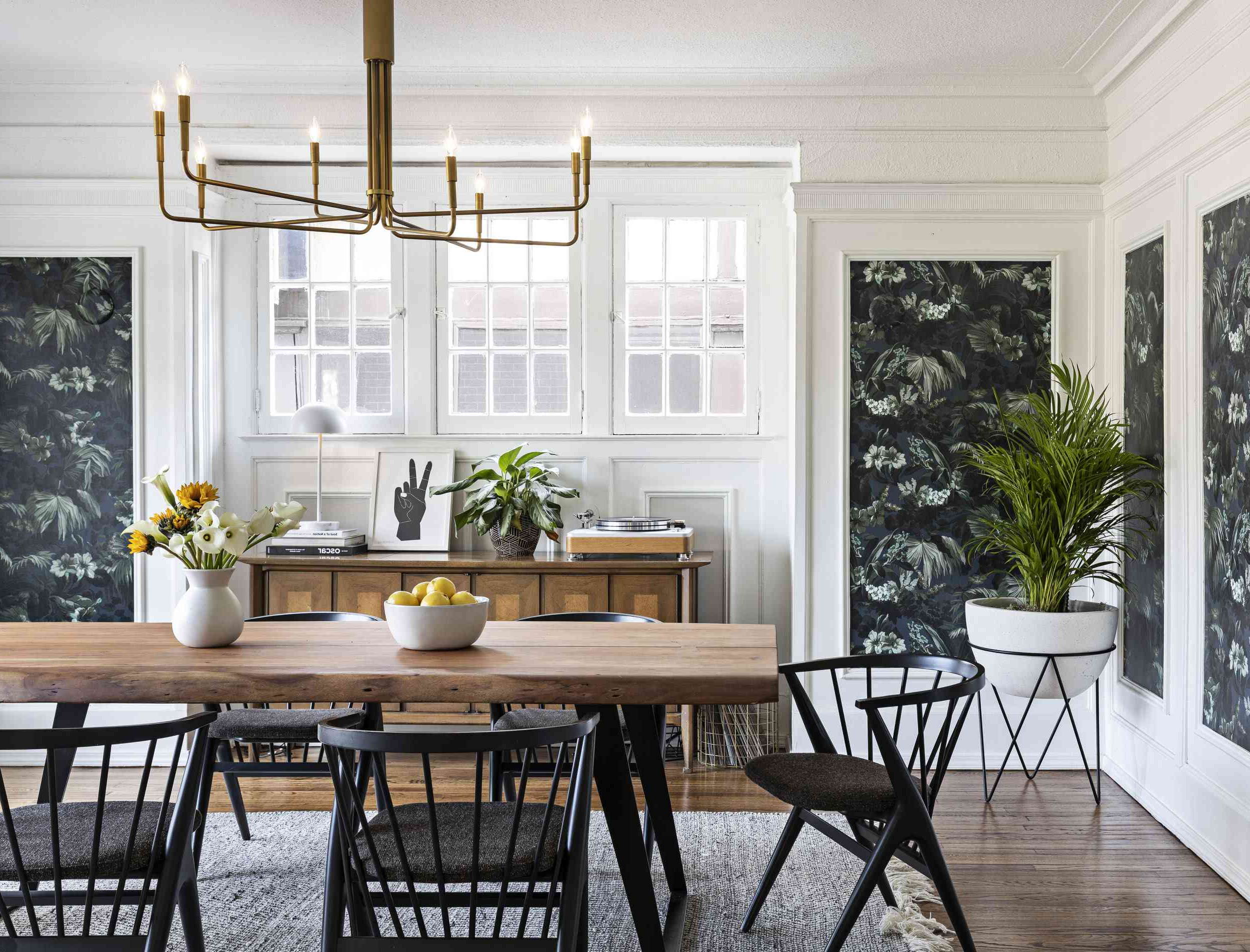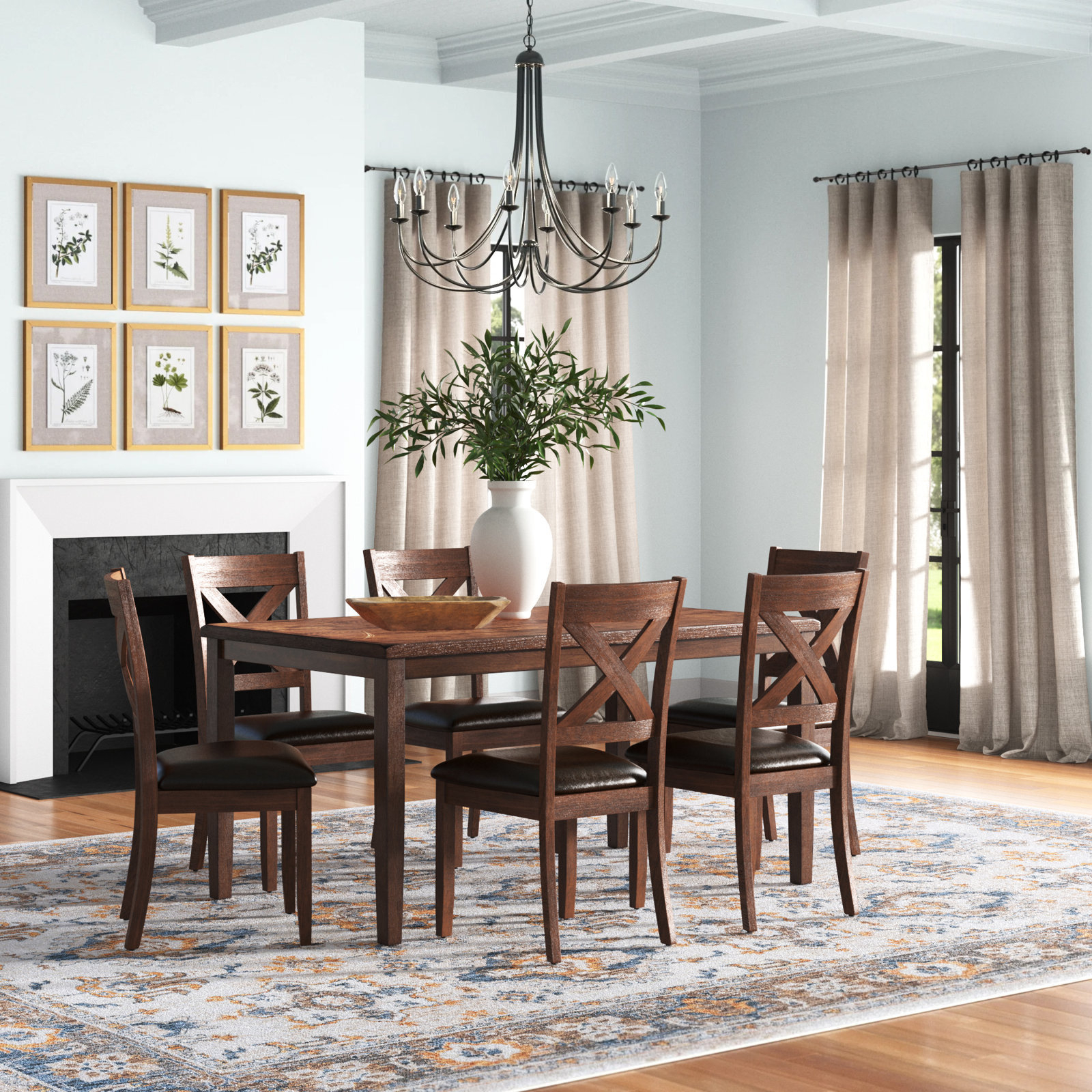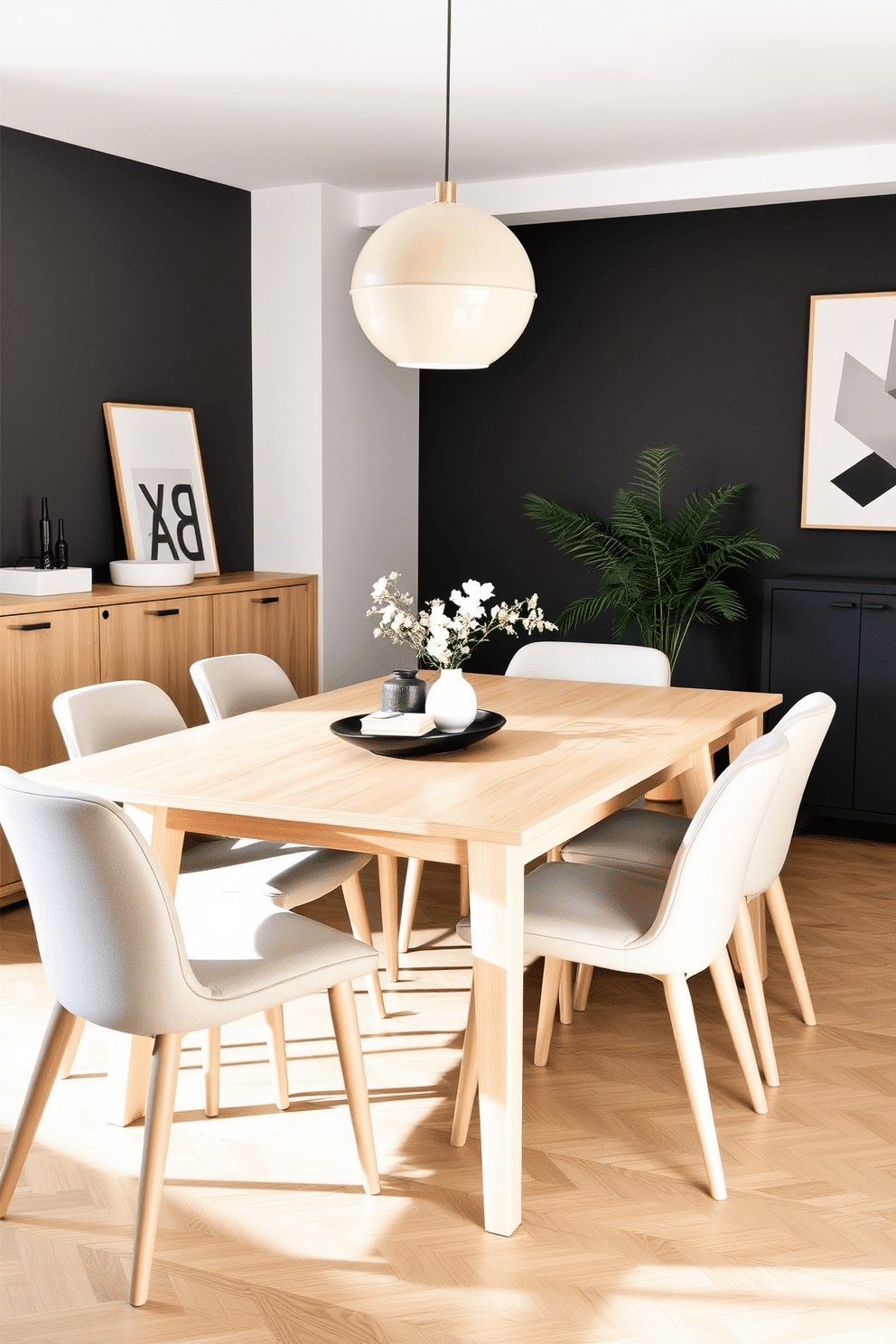The dining room table. It’s the heart of so many memories, isn’t it? From boisterous family dinners and intimate gatherings with friends to quiet mornings with a cup of coffee and a good book, this piece of furniture plays a central role in our lives. But choosing the right one can feel overwhelming. It’s not just about size or material; it’s about finding a style that truly resonates with you and your home. Let’s dive in and explore how to pick a dining room table that feels like it was made just for you.
Think about it: your dining room table is where stories are shared, laughter echoes, and connections are forged. It’s a focal point, a gathering place, and a significant investment. So, how do you navigate the sea of options – from sleek modern designs to rustic farmhouse charm – and land on the one that feels just right. This isn’t about following fleeting trends; it’s about understanding what speaks to your personal aesthetic and practical needs. We’ll break down the key elements to consider, making the selection process enjoyable and insightful. Ready to find a table that not only fits your space but also your soul?
Understanding Your Space and Lifestyle
Before you fall in love with a particular design, take a good, long look at your dining area. How much room do you actually have. Measure, measure, measure. You don’t want a table that crowds the space or, conversely, feels lost in it. Consider the flow of traffic around the table too. Can people easily get in and out of their chairs without bumping into walls or other furniture. And then, think about how you use your dining room. Is it the primary spot for daily meals for your family of four. Or do you mostly use it for hosting larger get-togethers a few times a year. These practical considerations will significantly narrow down your choices and prevent a future headache. For instance, a busy family with young children might prioritize durability and easy-to-clean surfaces, perhaps leaning towards a solid wood or laminate option. Someone who entertains frequently might need a table with extendable leaves to accommodate extra guests.
Exploring Dining Table Shapes: Round, Rectangular, Square, and Beyond
The shape of your table can dramatically impact the feel of your dining room and how people interact.
- Rectangular Tables: These are the most common and versatile. They work well in most dining rooms, especially longer ones. They offer ample surface area and can be pushed against a wall if space is tight. Think of the classic family dinner setup.
- Round Tables: These are fantastic for fostering conversation and a sense of intimacy. Everyone can see and talk to each other easily. They’re great for smaller spaces or square rooms because they don’t have sharp corners, making them feel less imposing. Plus, they’re safer for homes with little ones running around.
- Square Tables: Similar to round tables, square ones encourage conversation. They work best in square rooms and can feel quite intimate. They can sometimes be a bit trickier to navigate around than round tables, though.
- Oval Tables: These offer the best of both worlds, combining the conversational benefits of a round table with the space-saving efficiency of a rectangular one. The absence of sharp corners makes them a good choice for safety and flow.
Choosing the right shape is about maximizing both functionality and the social dynamic you want to create.
Material Matters: Wood, Glass, Metal, and More
The material of your dining table sets the tone for the entire room. Each has its own pros and cons, and it’s worth considering how it aligns with your lifestyle and aesthetic preferences.
- Wood: The timeless classic. From warm oak and rich walnut to lighter maple, wood offers a natural beauty and durability. Solid wood tables are an investment that can last for generations, developing a beautiful patina over time. However, they can be susceptible to scratches and heat damage if not properly cared for. Veneers offer a more budget-friendly option, providing the look of wood with potentially less durability.
- Glass: Glass tables can make a space feel larger and more open, especially in smaller rooms. They offer a sleek, modern look and are generally easy to clean. The downside. They can show fingerprints and smudges easily, and some people worry about their fragility. Tempered glass is a much safer and stronger option.
- Metal: Metal tables, often paired with wood or glass tops, bring an industrial or contemporary edge. They are typically very durable and can withstand a lot of wear and tear. Think of a sturdy cast iron base with a reclaimed wood top for a rustic-industrial vibe.
- Stone/Marble: For a luxurious and dramatic statement, stone or marble-topped tables are hard to beat. They are incredibly durable and add a touch of elegance. However, they are very heavy, can be expensive, and require careful sealing to prevent staining.
Consider the upkeep involved with each material. Are you someone who enjoys regular polishing and care, or do you prefer a more low-maintenance option.
Style and Aesthetics: Finding Your Vibe
This is where your personal taste really shines. What’s your overall home decor style.
- Modern/Contemporary: Think clean lines, minimalist designs, and often a mix of materials like glass, metal, and sleek wood finishes. These tables make a statement without being fussy.
- Farmhouse/Rustic: Embraces natural materials, often distressed wood, and a sense of warmth and comfort. These tables feel inviting and lived-in. Think chunky legs and perhaps an extendable leaf for those larger gatherings.
- Traditional: Characterized by classic designs, often with intricate detailing, darker wood finishes, and elegant silhouettes. These tables exude a sense of timeless sophistication.
- Industrial: Often features raw materials like metal and reclaimed wood, with a focus on function and a slightly unfinished look.
- Mid-Century Modern: Combines organic shapes with tapered legs and a focus on functionality and natural materials.
Don’t be afraid to mix and match slightly. A modern chair with a rustic table can create a beautifully eclectic look. The key is to find a style that feels authentic to you and complements the existing decor in your home.
Size and Scale: The Golden Rule
Getting the size right is crucial for both comfort and aesthetics. A table that’s too big will make the room feel cramped, while one that’s too small will look out of place. As a general rule, you want at least 36 inches (about 90 cm) of space between the edge of the table and any walls or furniture. This allows people to pull out chairs and walk around comfortably.
When considering seating capacity, think about how many people you typically need to seat. A standard rule of thumb is about 24 inches (60 cm) of table space per person. For a rectangular table, this usually means about 12 inches (30 cm) of width per person.
- For 4 people: A 36-48 inch round table or a 48-60 inch rectangular table.
- For 6 people: A 48-60 inch round table or a 60-72 inch rectangular table.
- For 8 people: A 60-72 inch round table or a 72-84 inch rectangular table.
And don’t forget about extendable tables. These are lifesavers if you love to entertain but have limited space for daily use. They offer flexibility without compromising on style.
The Final Touches: Chairs and Accessories
Once you’ve chosen your table, the fun continues with selecting the perfect chairs. The chairs should complement the table’s style and material, but they don’t have to be an exact match. You might opt for upholstered chairs for added comfort, or perhaps sleek metal chairs for a modern contrast. Consider the height of the chairs in relation to the table – you want enough legroom.
Think about the overall ambiance you want to create. Are you going for cozy and inviting, or chic and sophisticated. The right chairs, along with a well-chosen centerpiece, a beautiful rug underneath, and perhaps some ambient lighting, will truly bring your dining space to life. Don’t underestimate the impact of these details. They are the finishing touches that make a house feel like a home.
Choosing a dining room table is a personal journey, a decision that goes beyond mere furniture selection. It’s about finding a piece that will anchor your memories, reflect your style, and serve as the backdrop for countless important moments. By considering your space, lifestyle, preferred shapes, materials, and aesthetics, you’re well on your way to finding that perfect fit. Remember, the most important thing is that your dining room table speaks to you. It’s where life happens, so make sure it’s a space you love to gather. Happy hunting for your perfect centerpiece.


